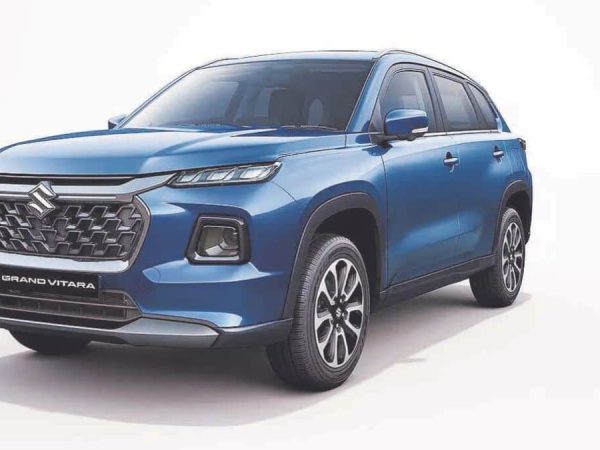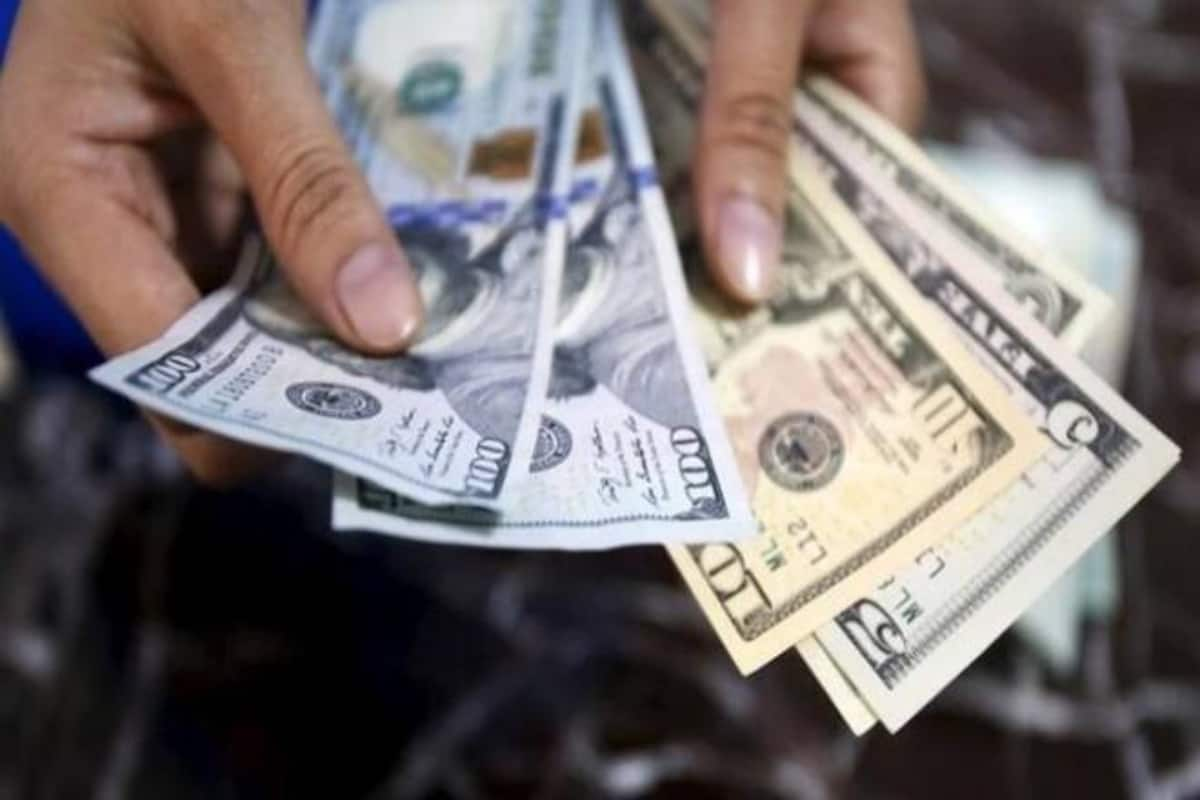Maruti Suzuki Rating: Neutral
Targeted at mid-size SUV segment, top four variants are priced Rs 1.5mn & Rs1.9mn
Aggressively pricedThe top-end (Neodrive) petrol variant of the Hyryder is priced at par with Hyundai’s Creta top-end petrol variant. The top-end hybrid Hyryder is priced at a `100k/ `200k premium to Creta diesel/ petrol top-end variants, and compared with the Honda City Hybrid, it is priced ~`90k lower. In comparison with its principal competitor Creta, the Hyryder has more fuel-efficient Hybrid options, brake assist, 360-degree parking assist camera, Arkamys surround sound system, but misses out on features such as a Bose sound system, bigger touch screen of 10.25” (vs 9” in the Hyryder), power-adjustable driver seat, electric parking brake and options for diesel and DCT variants with a much higher power/torque. Overall, the Hyryder hybrid looks aggressively priced and should result in market share gains but at narrow margins, we think.
Our viewPricing of the Hyryder hybrid is attractive and should lead to better than expected adoption. Pricing, compared with other SUV models, is competitive and profitability will be less. As hybrids have lesser boot space compared with ICE SUVs, the hybrid models will be more suitable for long-distance usage without much luggage – e.g. intra city or low occupancy. The very aggressive pricing for Hybrids suggests that Toyota wants a high Hybrid adoption. We maintain our view that the Hyryder model has potential for high volumes (~10-15k units per month, we estimate). With such aggressive pricing, we maintain our estimate that Toyota may be able to sell upto 40% of the volumes for this model. We currently factor in ~8k units per month for MSIL’s version of this model. We expect MM’s recently unveiled XUV400 (link ) to be priced close to the hybrid variants of the Hyryder, mainly due to the tax advantage enjoyed by EVs. We believe EVs like the XUV400 will be a more preferred option for customers who have access to a charging network.
Targeted at mid-size SUV segment, top four variants are priced Rs 1.5mn & Rs 1.9mn
Toyota announced prices for the top four variants of its upcoming Urban Cruiser Hyryder recently – the strong-hybrid variants and the top-spec mild-hybrid AT variant. The top four variants are priced between `1.5mn and `1.9mn (exshowroom).The pricing announcement comes almost two months after the car was unveiled. Bookings for the model are already underway with reports suggesting bookings to be at the 60k units mark, similar to the last reported 50k unit bookings number by Maruti Suzuki (MSIL IN, Neutral) for its Grand Vitara.The Hyryder targets the mid-size SUV segment, which has models like the Hyundai Creta, Kia Seltos, Skoda Kushaq, XUV 700, etc. This segment sells ~39k units per month and continues to see strong preference from consumers. The SUV has been jointly developed by Toyota and Suzuki (7269 JP, Neutral), with production for the vehicle commencing in Aug-22 at Toyota’s plants.
Also read: Wall Street hits more than two-week high on energy, tech gains
Aggressively priced
The top-end (Neodrive) petrol variant of the Hyryder is priced at par with Hyundai’s Creta top-end petrol variant. The top-end hybrid Hyryder is priced at a `100k/ `200k premium to Creta diesel/ petrol top-end variants, and compared with the Honda City Hybrid, it is priced ~`90k lower. In comparison with its principal competitor Creta, the Hyryder has more fuel-efficient Hybrid options, brake assist, 360-degree parking assist camera, Arkamys surround sound system, but misses out on features such as a Bose sound system, bigger touch screen of 10.25” (vs 9” in the Hyryder), power-adjustable driver seat, electric parking brake and options for diesel and DCT variants with a much higher power/torque. Overall, the Hyryder hybrid looks aggressively priced and should result in market share gains but at narrow margins, we think.
Also read: Wall Street hits more than two-week high on energy, tech gains
Our view
Pricing of the Hyryder hybrid is attractive and should lead to better-than-expected adoption. Pricing, compared with other SUV models, is competitive and profitability will be less. As hybrids have lesser boot space compared with ICE SUVs, the hybrid models will be more suitable for long-distance usage without much luggage – e.g. intra city or low occupancy. The very aggressive pricing for Hybrids suggests that Toyota wants a high Hybrid adoption. We maintain our view that the Hyryder model has potential for high volumes (~10-15k units per month, we estimate). With such aggressive pricing, we maintain our estimate that Toyota may be able to sell upto 40% of the volumes for this model. We currently factor in ~8k units per month for MSIL’s version of this model. We expect MM’s recently unveiled XUV400 (link ) to be priced close to the hybrid variants of the Hyryder, mainly due to the tax advantage enjoyed by EVs. We believe EVs like the XUV400 will be a more preferred option for customers who have access to a charging network.


Recent Comments